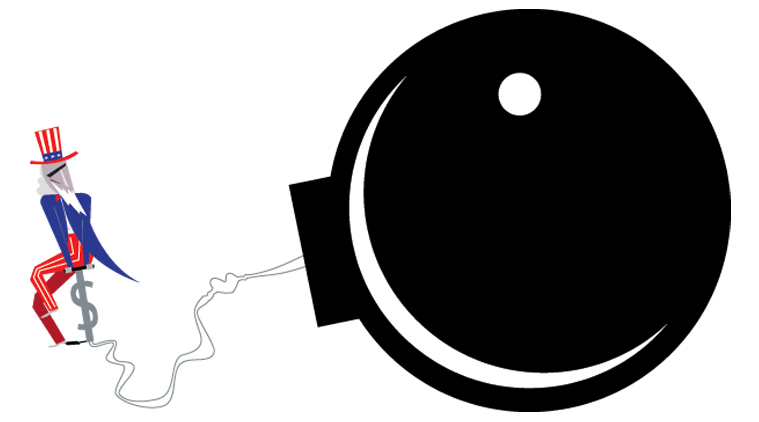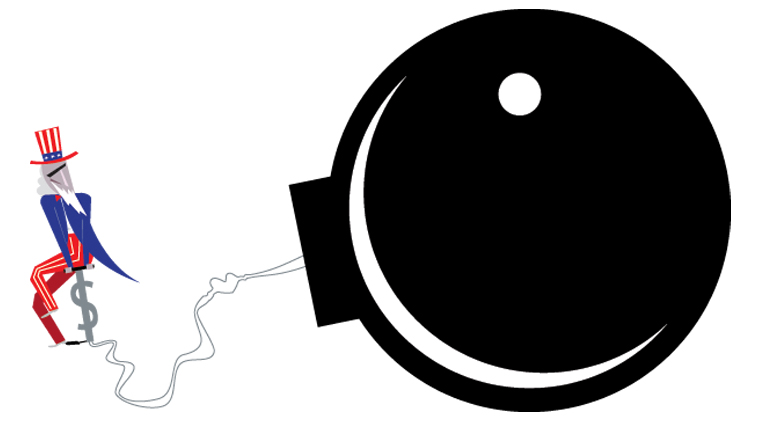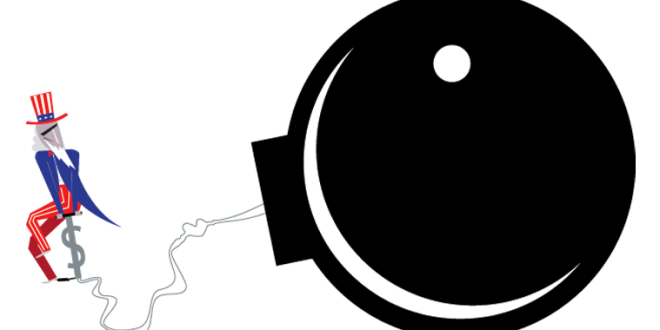
 Illustration by C R Sasikumar.
Illustration by C R Sasikumar.
In 1953, Egyptian president Gamal Abdel Nasser sat with the head of the Muslim Brotherhood, attempting to hammer out a compromise with the powerful Islamist group. Hassan al-Hudaybi made just one stipulation for peace, Nasser told a gathering of party workers eight years later: “to make wearing a hijab mandatory in Egypt, and demand that every woman walking in the street wear a tarha [headscarf]”.
“They will say that we have returned to the days of al-Hakim bi-Amr-Allah, who forbade women from walking outside during the day,” Nasser recalled he had replied. “I told him, ‘Sir, you have a daughter in the Cairo School of Medicine, and she’s not wearing a tarha. If you are unable to make one girl, who is your daughter, wear the tarha, how can you tell me to put a tarha on 10 million women?’”
The crowd laughed. “Tell him to wear a tarha,” someone shouted.
Five decades after Nasser’s speech, the West is struggling to reach accommodation with the religious rightwing unleashed by the long war against secularism that deposed the Egyptian revolutionary leader.
In Syria, the United States and its allies are backing so-called “moderate” groups like Ahrar al-Sham — a sometime ally of the al-Qaeda-affiliated al-Nusra front, which is also battling the Islamic State around Aleppo. They also remain committed to pushing forward talks with the Taliban to give them a share in power, despite the jihadist group’s savage war on its own people.
Geopolitics and expediency have something to do with these policies — but analysis based on these factors alone does not go nearly far enough. Islamists, many Western policymakers argue, are authentic representatives of the region’s popular identity — a native-born, primal force.
The truth, Nasser’s speech tells us, is more complex. It involves other stories — key among them, the West’s longstanding, but unacknowledged, romance with the Islamic religious right.
In 1953, even as Nasser was beginning his war against the Brotherhood, it was being feted by the US. President Dwight Eisenhower, that year, met with the Brotherhood’s roving ambassador, Said Ramadan, as part of a delegation of clerics from India, Syria, Yemen, Jordan, Turkey and Saudi Arabia, brought together to promote anti-communism. The US state department recorded, in an internal document, that it saw the visit as a chance to assess the “impetus and direction that may be given to the renaissance movement within Islam”.
Hassan al-Banna, the Brotherhood’s founder, had tasked Ramadan with building networks for this “renaissance”. He found his first successes, interestingly, in Pakistan, which he visited in 1949 and 1951 for meetings of the newly formed Islamist caucus, the World Muslim Congress. Prime Minister Liaquat Ali Khan wrote the preface to one of Ramadan’s books, and gave him a slot on national radio.
The Brotherhood ideologue also worked closely with Abul Ala Maududi, the founder of the Jamaat-e-Islami. Maududi saw Islam not as a “hotchpotch of beliefs, prayers and rituals” but “a revolutionary ideology which seeks to alter the social order of the entire world”.
Funds flowed from the US to back this project. Sayyid Qutb, whose Islamist manifesto, Ma’alim fil’Tariq, or Milestones, fired the minds of three generations of jihadists, was among those given a fellowship to study there — although his experience led him to loathe the country.
The CIA had begun flirting with jihadists early in the Cold War. In 1940, Central Asian Islamists allied with Nazi Germany in an effort to gain independence from the Soviet Union, sparking a prolonged insurgency. The CIA armed and funded the remnants of the Nazis’ jihadists against the Soviet Union. From the 1950s on, the Western alliance with the Islamists grew, as the US allied with Saudi Arabia’s neo-fundamentalist theocracy.
Gilles Kepel, the noted scholar of Islamism, has recorded that the Said Ramadan Centre in Saudi Arabia served as a kind of clearing house, routing cash from wealthy private donors to religious-right organisations across the globe. The Saudi monarchy’s patronage would go into the anti-Soviet jihad in Afghanistan — which, in turn, spawned the generations of jihadists responsible for 9/11 and decades of savage civil wars within West Asia that have claimed tens of thousands of lives.
Learning little from their Afghan experience, Western policymakers continue to back Islamists — seeing in them a wall against the jihadists. In August 2012, declassified documents show, the US Defence Intelligence Agency warned that the policies of the Western-led coalition against Bashar al-Assad were giving birth to “a Salafist principality in eastern Syria”. This would, it noted, enable al-Qaeda to “return to its old pockets in Mosul and Ramadi”.
Yet, the precisely predicted rise of what we now know as the Islamic State was ignored. This was, it seems, an acceptable price to pay for putting their Islamist proxies on the throne in Damascus.
Islamism’s abiding attraction for the West has something to do with the role the American right holds religion should have in the US’s life: Ronald Reagan, after all, famously compared Afghan jihadists to the country’s founding fathers. Yet, liberals share the same vision. In a landmark 2009 speech, President Barack Obama repeatedly invoked the common traditions of religion to call for a new Western-West Asian compact. He made no mention, though, of secularist struggles within West Asia, notably over battles for free speech and women’s rights.
The Western relationship with Islamism rests on the deeply racist notion that Muslims are incapable of valuing free speech, secularism and democracy — a lie that Nasser’s speech, so many years ago, reveals. Dressed up in the language of respecting cultural difference, this narrative holds that Muslims can only be governed by those who represent their primal, religious identity.
Liberals in the West, just like reactionaries, thus find no irony in supporting organisations like the Syrian Ahrar — even though its spokesperson, Labib al-Nahhas, rejects “Western liberal standards”, calling instead for a “major role for religion and local custom in any political arrangement that emerges out of the debris of conflict”.
It was, however, the Western romance with Islamism that spawned the tyrannies it now casts as the fate of West and Central Asia. There is no sign, though, that the West is willing to end this toxic love affair.
praveen.swami@expressindia.com
![]()
Source: New feed






